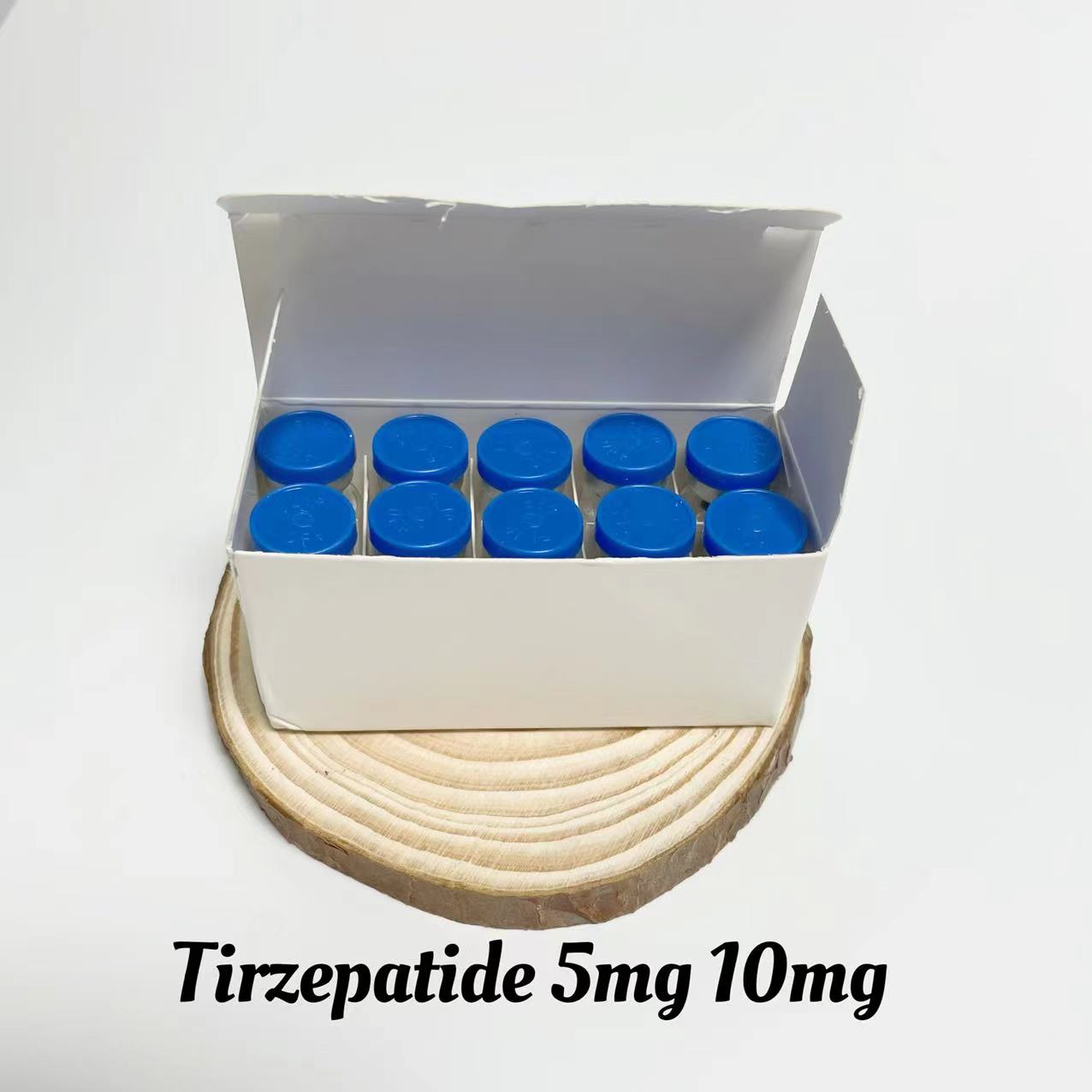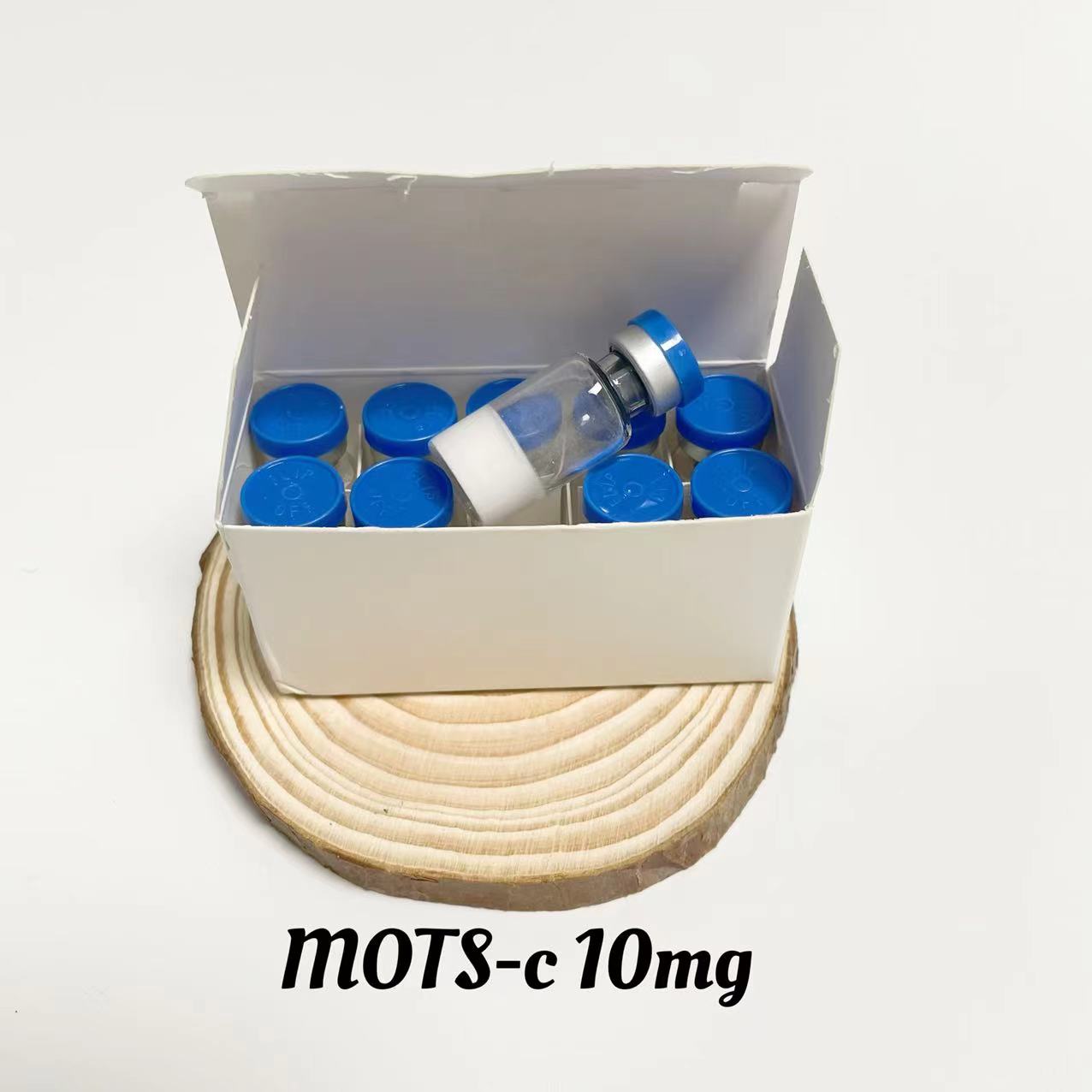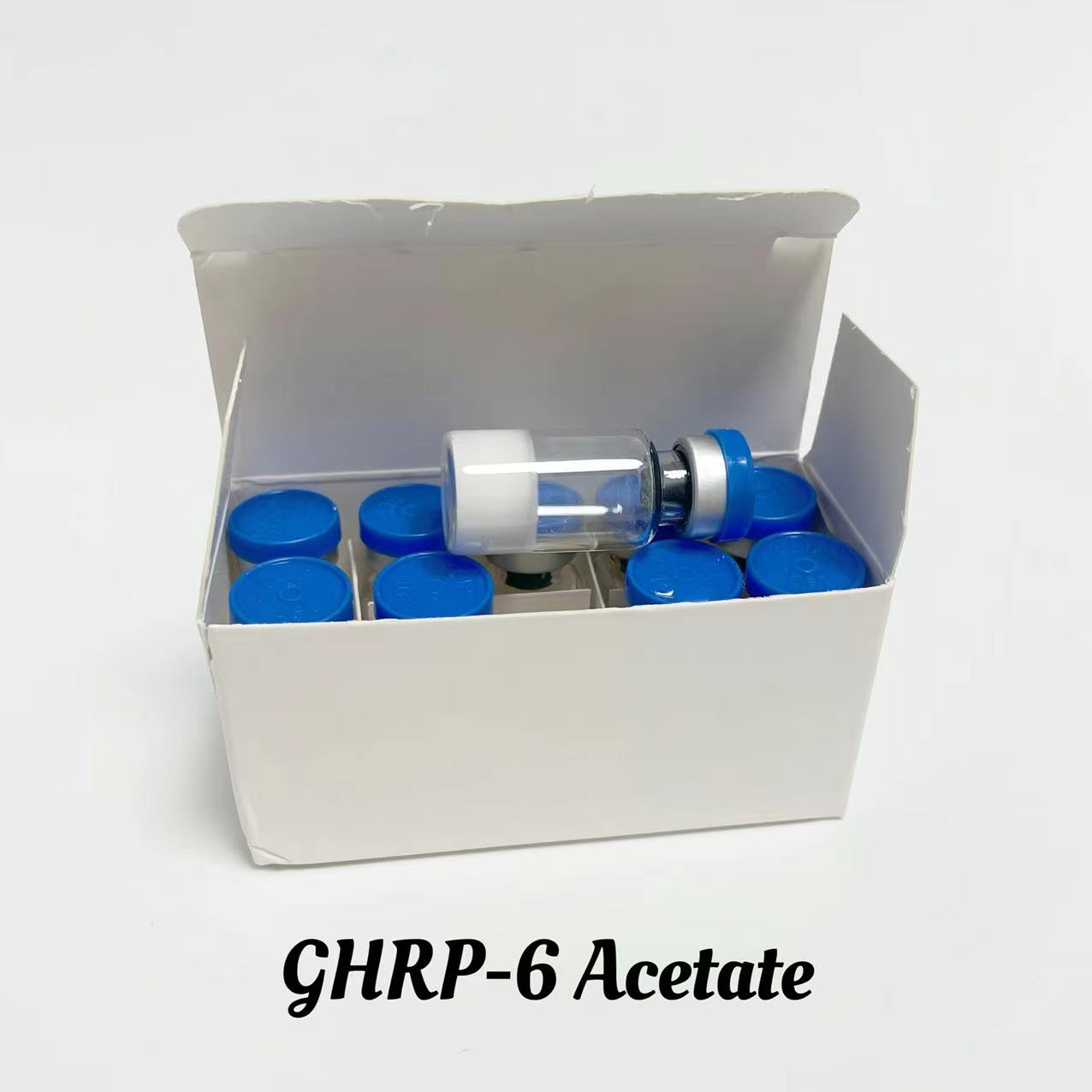Steroids
History of testosterone cyclopentanoate
Writer: admin Time:2024-03-14 17:37 Browse:℃
History of testosterone cyclopentanoate:
Testosterone cyclopentylpropionate first appeared in the US drug market in the mid-1950s under the brand name Depo Testosterone (soon abbreviated as Depo Testosterone). It was developed by pharmaceutical giant UpJohn and is still sold by the same company under the same trade name (although they are now known as Pharmacia&UpJohn). This is a drug with limited global availability and has been historically (mostly) identified as a US project, as it is relatively rare or absent in other countries. It is not surprising that American athletes have long tended to use testosterone pentoxide instead of testosterone heptate, which is the main slow acting ester of testosterone on the global market. However, this preference may stem from history and availability rather than actual therapeutic advantages.
Cyclopentamethyltestosterone in the medical field:
Cyclopentamethyltestosterone and testosterone heptanoate provide extremely comparable testosterone release patterns. Not only can physical advantages not be on the same level, but the actual differences in pharmacokinetic patterns are difficult to notice (these two drugs are functionally interchangeable in all intents and purposes). The only key difference between the two seems to be in terms of user comfort. For a small number of patients, the irritancy of cyclopentanoate at the injection site is lower than that of heptane acetate. This makes testosterone cyclopropionate a more favorable choice for those who repeatedly experience pain at the injection site of heptane acetate. This difference may be related to the early development of this testosterone ester as a commercial drug product. The main use of cyclopentanyltestosterone in clinical medicine has always been for the treatment of low androgen levels in men, although there are also many other applications of this drug. For example, in the 1960s, the prescription of the drug was recommended to support the maturation of bone structure, and it was used in women's treatment for menorrhagia (massive menstrual bleeding) and women's excessive breastfeeding, to increase muscle mass and combat osteoporosis in the elderly. It is also recommended to improve male fertility, induce inhibition of testosterone/spermatogenesis (using 200 milligrams of cyclopentanyltestosterone per week for 6 to 10 weeks), and may experience a period of sperm rebound (temporarily above normal levels of gonadotropins). By the 1970s, the FDA had gained stronger control over the prescription drug market and for the first time demonstrated that the widespread use of testosterone cyclopentaonate is now being improved. For example, "testosterone rebound therapy" has been shown to be unreliable as a method to improve male fertility, especially when faced with newer and more effective drugs, which are quickly eliminated from prescription guidelines. The same is true for treating issues such as excessive menstrual bleeding and lactation. Generally speaking, the regression of testosterone therapy mainly focuses on male androgen deficiency, and is less common in other applications, especially when it comes to populations more susceptible to androgen side effects, such as women and the elderly. Today, testosterone cyclopentaproate is still easily available in the US prescription drug market. Men approved by FDA for hormone replacement therapy suffer from diseases related to endogenous testosterone deficiency, and are used as secondary treatment for metastatic breast cancer that cannot be operated on by women (although it is no longer widely used for this purpose).
Common product specifications of testosterone cyclopentanoate:
Cyclopentamethyltestosterone is widely used in the human and veterinary drug markets. The formula and dosage can vary depending on the country and manufacturer. Common dosage specifications are: 50mg/ml, 100mg/ml, 125mg/ml or 200mg/ml, usually loaded in 10ml penicillin bottles or 1ml ampoules.
The structural characteristics of testosterone cyclopentanoate:
Cyclopentylpropionate testosterone is a modified form of testosterone, in which the cyclic pentylpropionate ester has been linked to 17- β On the hydroxyl group. Esterified testosterone has lower polarity than free testosterone and is absorbed more slowly from the injection area. Once entering the bloodstream, esters are removed to obtain free (active) testosterone. Design esterified forms of testosterone to extend the window of therapeutic effect after administration, allowing for lower frequency injection regimens compared to injection of free (non esterified) steroids. Approximately 8 days after injection, the half-life of testosterone cyclopropionate is approximately 8 days.
Side effects of testosterone cyclopentanoate: (hepatotoxicity)
Testosterone has no hepatotoxic effects; Hepatotoxicity is unlikely. A study examined the possibility of high-dose testosterone hepatotoxicity by administering 400mg of hormone daily (2800mg per week) to a group of male subjects. Oral steroids result in higher peak concentrations in liver tissue compared to intramuscular injection. Administer hormones for 20 days daily, and liver enzyme values include serum albumin, bilirubin, alanine aminotransferase, and alkaline phosphatase. There was no significant change,
Side effects of testosterone cyclopentanoate: (cardiovascular effects)
Synthetic metabolism/androgen steroids can have harmful effects on serum cholesterol. This includes a trend of reducing HDL (good) cholesterol values and increasing LDL (bad) cholesterol values, which may shift HDL towards LDL balance, and abnormalities in these indicators may cause and increase the risk of atherosclerosis. The effects of synthetic metabolism/androgen steroids on blood lipids depend on dosage, administration route (oral and injection), steroid type (aromatic or non aromatic), and resistance level to liver metabolism. Synthetic metabolism/androgen steroids may also have adverse effects on blood pressure and triglycerides, reducing endothelial relaxation and causing left ventricular hypertrophy, all of which may increase the risk of cardiovascular disease and myocardial infarction. Compared to other steroid products, testosterone has a much smaller impact on cardiovascular risk factors. This is due to the openness of the liver to metabolism, which makes its impact on liver cholesterol relatively small. The aromatization of estradiol by testosterone also helps alleviate the negative effects of androgens on blood lipids. In a study, 280 milligrams of testosterone ester (heptaneate) per week had a slight but not statistically significant effect on HDL cholesterol after 12 weeks, but a strong decrease (25%) was observed when taking aromatase inhibitors. Another study showed that using 300mg of testosterone per week for 20 weeks without aromatase inhibitors showed that HDL cholesterol decreased by only 13%, while 600mg of testosterone decreased by 21%. Before using aromatase inhibitors, their impact on blood lipids should be considered. Due to the positive effects of estrogen on blood lipids, tamoxifen or clomiphene is superior to aromatase inhibitors related to cardiovascular health, as they provide partial estrogenic effects in the liver. This allows them to potentially improve lipid mass spectrometry and offset some of the negative effects of androgens. When using a weekly dose of 600mg or less, the impact on blood lipids is often significant, but not too severe, and the use of anti estrogen may be unnecessary. A weekly dose of 600 milligrams or less did not produce significant changes in LDL/VLDL cholesterol, triglycerides, apolipoprotein B/C-III, C-reactive protein, and insulin sensitivity, all of which indicate a relatively weak impact on cardiovascular risk factors. When used at moderate doses, testosterone is generally considered the safest of all synthetic/androgenic steroids. To help reduce cardiovascular strain and abnormal blood lipid levels, it is recommended to actively maintain an active aerobic exercise program during steroid use and minimize intake of saturated fat, cholesterol, and simple carbohydrates. It is also recommended to supplement fish oil (4 grams per day) and natural cholesterol/antioxidant products.
Side effects of testosterone cyclopentaonate: (HPTA inhibition of the hypothalamus)
The use of exogenous testosterone can inhibit the production of natural testosterone. For patients with low testosterone, this is not a problem. Because his own testosterone secretion is already abnormal. For athletes who are using steroids, this is also irrelevant during the cycle phase, as the exogenous testosterone used will provide everything your body needs. Once the use of all synthetic steroids is completed, the secretion of natural testosterone will begin again. However, you will not recover to normal overnight, which will take some time. Once the use has ended, most people will start a post cycle therapy (PCT) program. A quality and effective PCT plan will include SERM such as tamoxifen (Nolvadex) and clomiphene (Clomid), as well as peptide hormone HCG (human chorionic gonadotropin). If there is no PCT plan, although you will also recover, it will take a lot of time. Due to the long-term low testosterone state being the synthetic metabolic environment for cortisol to become a dominant hormone, the loss of results caused by muscle tissue being in a decomposed state can be severe. The normal secretion and level of testosterone will return to normal within 1-4 months after discontinuing steroid use. Please note that long-term hypogonadotropic hypogonadism may be secondary to steroid abuse and require medical intervention. It is unlikely to retain every pound of weight gain after the end of a cycle when using testosterone cyclopentaonate, similar to other steroids. This is especially true when discontinuing the use of strong (aromatic) androgens such as testosterone cyclopentanoate, as new weight gain may be caused by the body's water storage, leading to rapid weight loss after medication discontinuation. The imbalance between the synthesis of metabolic hormones and the breakdown of metabolic hormones during PCT may further create an unfavorable environment for muscle tissue preservation. It is usually recommended to use appropriate adjuvant therapy to help restore hormone balance faster and ultimately help users retain more muscle tissue.
Side effects of testosterone cyclopentanoate: (fertility issues)
During the usage cycle of anabolic steroid AAS, it can disrupt the normal endocrine environment of the human body, causing disordered secretion of sex hormones, imbalanced secretion of various hormones, resulting in poor sperm quality and low quantity, and the presence of azoospermia at excessive doses. During use, due to poor sperm quality, the chances of conception are very low. Of course, protective measures should also be taken during use. After the body resumes normal endocrine function, fertility problems can be resolved.
The use of cyclopentropionic acid testosterone:
In the treatment of low testosterone levels, the prescription guidelines for cyclopentropionate testosterone require a dose of 50-400mg to be used every two to four weeks. Although the activity in the body lasts for a long time, it is usually necessary to inject testosterone cyclopentaonate every week to achieve muscle growth or improved exercise performance. The usual dose is 200-600mg per week, conducted over a period of 6 to 12 weeks. This level is enough to make most people notice a significant increase in muscle size and strength. Although high-dose use is usually not recommended, it is known that some bodybuilders use high-dose testosterone cyclopentaonate (1000mg or more per week). This situation was more common before the 1990s because at that time, the price of cyclopentanyltestosterone was usually very cheap and easy to find compared to today. At doses of 800-1000mg or more per week, water storage may account for more additional weight gain than new muscle tissue. The practice of "high doses" is inefficient (not to mention potential dangers), especially when we consider the current high prices of steroids.






 QQ客服
QQ客服